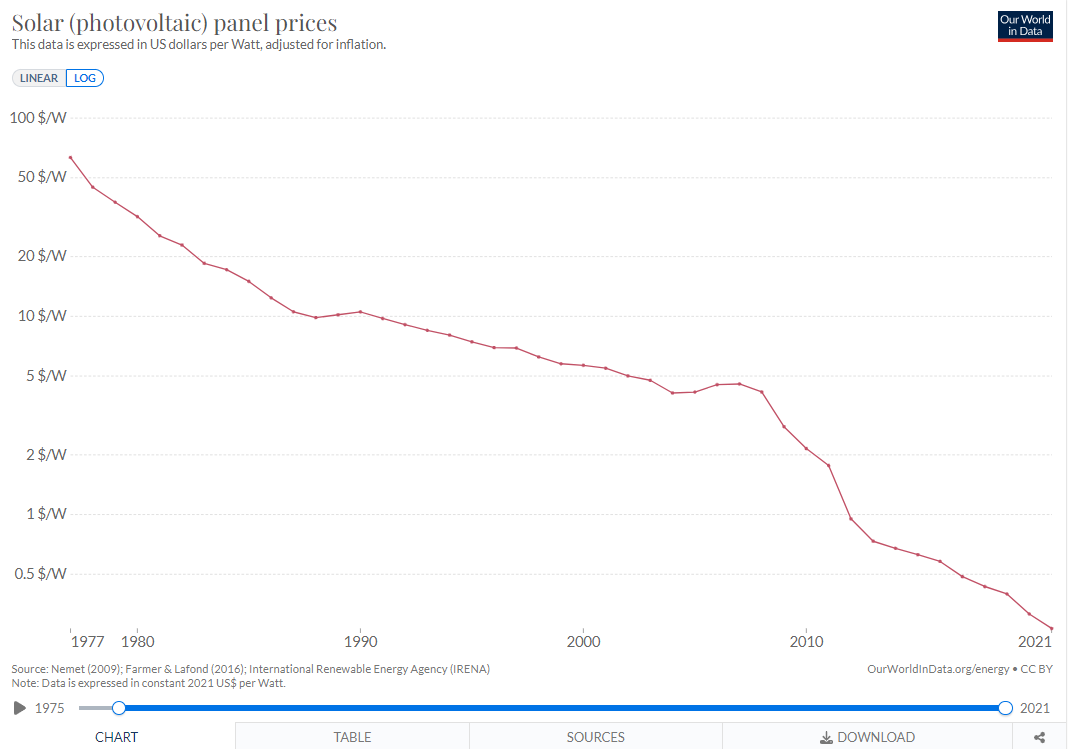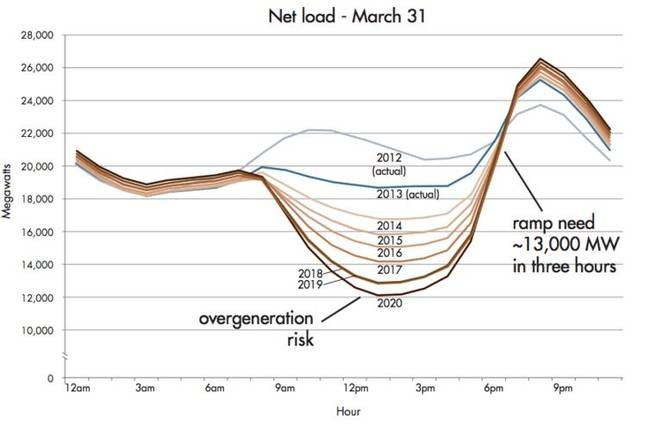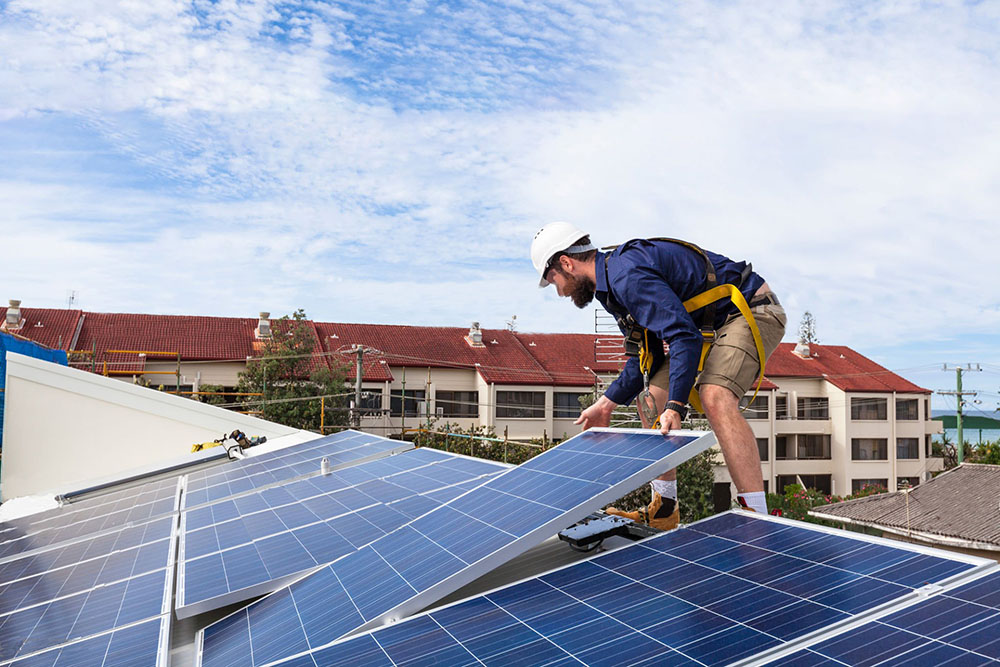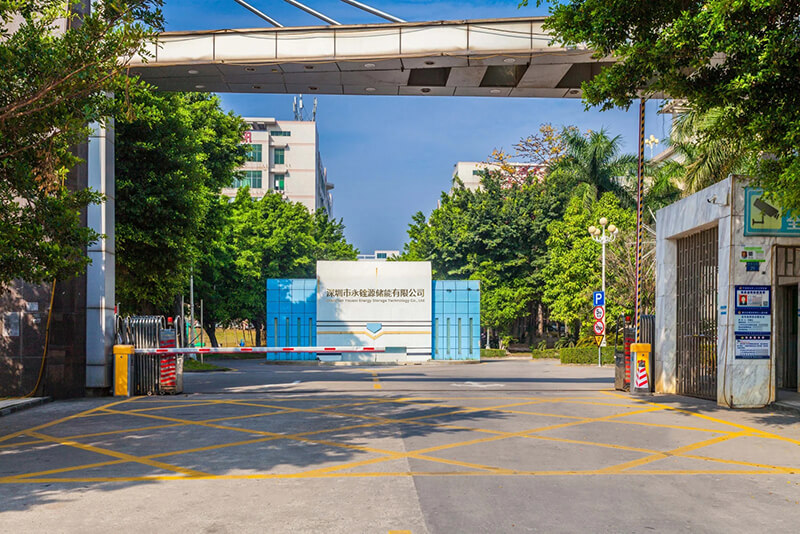Why solar energy so cheap aren't we using more?
It’s astonishing that solar energy has become the most cost-effective way to generate electricity, even cheaper than coal. Despite this, solar energy only accounts for about three percent of the world's electricity generation. The question arises: Why haven't we embraced solar energy more widely, considering its cost-effectiveness? To understand this, let's explore the factors that contributed to the affordability of solar energy.
First, the price of solar panels has drastically fallen over the years. Initially, a watt of solar panel capacity used to cost about 4 dollars, but today it costs only about 20 cents. This remarkable price drop is attributed to the progress in solar technology and advancements in manufacturing processes.

Second, the development of the solar energy market was significantly influenced by Germany, which passed a law in 2000 to promote renewable energy. The law guaranteed a fixed price for energy generated from sources like wind and solar, providing a stable incentive for people and companies to invest in solar panel installations.
Third, China played a crucial role in making solar energy more affordable. After the German law came into effect, China became a major player in producing solar cells on a large scale. The country rapidly expanded its solar panel manufacturing industry, surpassing the efforts of Western nations. Today, China leads the world in solar panel production, accounting for approximately 70 percent of global output.
In summary, the affordability of solar energy can be attributed to a series of interconnected events. The United States pioneered the solar technology, Germany created a market for renewable energy, and China drove down the costs through massive production. This combination of factors has led to clean energy from solar becoming both economically viable and environmentally beneficial.It’s astonishing
But if solar is so great,why don’t we rely on it much,much more and just switch off all these dirty power plants?
In simpler terms, the main reason we haven't relied on solar energy more extensively is that it has a significant limitation—it can only produce electricity when the sun is shining. During cloudy or dark periods, solar cells are not very effective, which is unfortunate because those are the times when energy is needed the most.
When we examine energy usage throughout the day, a pattern known as the "duck curve" emerges. In areas with little solar power, energy demand rises in the morning, remains relatively steady during the day, and then increases again in the evening. However, in places with abundant solar energy, the curve changes. Mornings are similar, but once the sun rises, solar power contributes, reducing the need for non-renewable energy until sunset. After the sun sets, there is a sudden surge in demand for conventional power.

This sudden increase in demand poses two problems. First, traditional power plants cannot respond quickly enough to meet the surge, so they need to operate at a constant output throughout the day, even when solar energy is available in abundance. This sometimes results in an excess of energy produced during mid-day, leading to waste. Second, there are limitations on how much energy the grid can handle, so excessive solar power could overwhelm it.
However, there is a solution to this issue: lithium-ion batteries. We’re just taking the same construction,stringing together many,many of those that we can use for cars.And then we can also scale that up to use for stationary power to go next to wind parks or solar farms.What’s been quite good over the last few years is that batteries have got a lot cheaper as well.And we’re now seeing solar projects built with a couple of hours of storage in the battery so that they could shift some generation from the middle of the day to the evening—where there’s often a peak in electricity demand.

Lithium-ion batteries have become a lot better and a lot cheaper than expected in the last few years.They’re now a viable option for storing and shifting at least a few hours’ worth of solar energy as needed.So,the storage problem that solar always had is actually not that much of a problem anymore.For example.In the US,the state of Ohio just decided to shut down a coal plant—and instead build new solar farms that store large amounts of the energy they produce in batteries.
With the problem of energy storage largely addressed, solar energy is becoming an increasingly attractive option. In fact, it is projected that solar could supply around 30 percent of global electricity by 2050. Solar power has come a long way and is now poised to play a much bigger role in our energy landscape.













